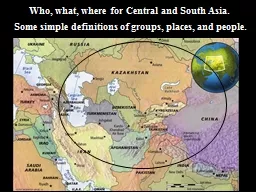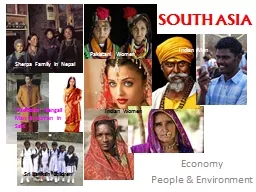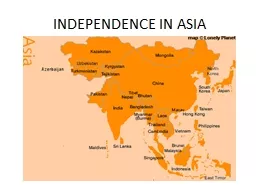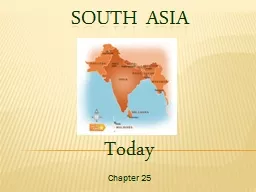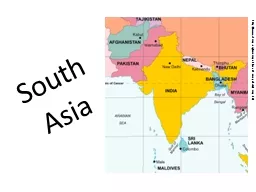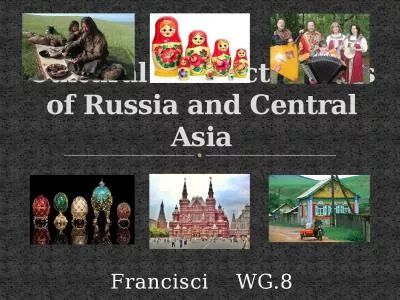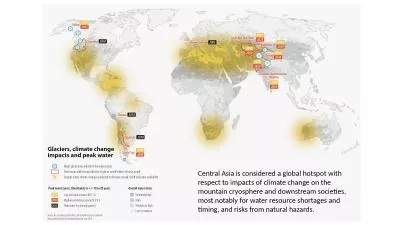PPT-Who, what, where for Central and South Asia. Some simple definitions of groups, places,
Author : aaron | Published Date : 2019-11-05
Who what where for Central and South Asia Some simple definitions of groups places and people Central Asia The stans Turkmenistan Uzbekistan Kazakhstan Kyrgystan
Presentation Embed Code
Download Presentation
Download Presentation The PPT/PDF document "Who, what, where for Central and South A..." is the property of its rightful owner. Permission is granted to download and print the materials on this website for personal, non-commercial use only, and to display it on your personal computer provided you do not modify the materials and that you retain all copyright notices contained in the materials. By downloading content from our website, you accept the terms of this agreement.
Who, what, where for Central and South Asia. Some simple definitions of groups, places,: Transcript
Download Rules Of Document
"Who, what, where for Central and South Asia. Some simple definitions of groups, places,"The content belongs to its owner. You may download and print it for personal use, without modification, and keep all copyright notices. By downloading, you agree to these terms.
Related Documents

